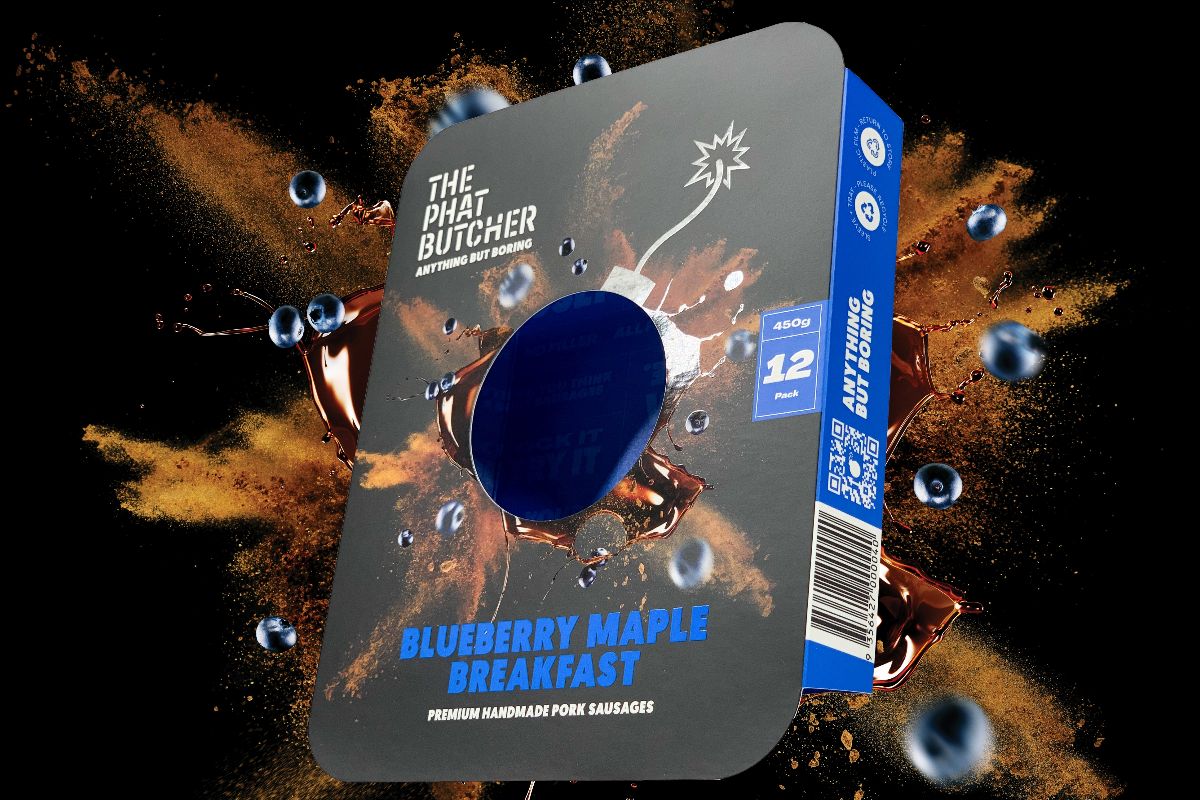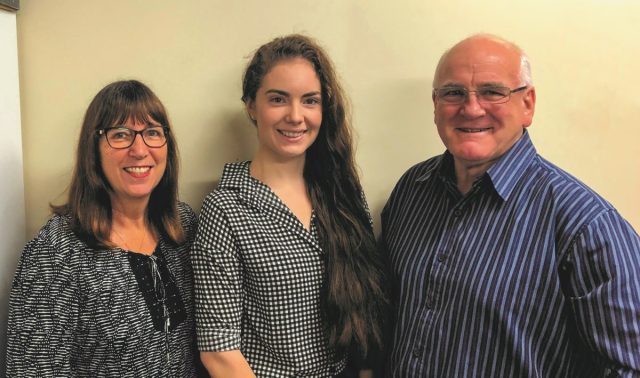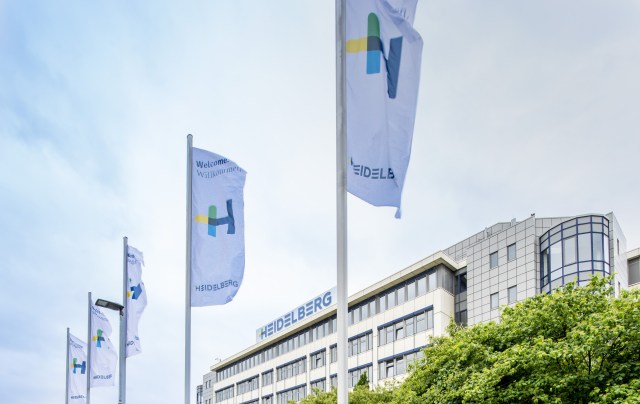
Australian print and marketing solutions provider CBS Printing has recently upgraded its Ryobi 754G+C+SLD press with a retrofitted GEW UV LED curing system.
The company’s managing partner Stephen Wilson described the move as ‘bringing an old machine back to life’.
According to Wilson, continuous investment in new technology is an essential part of the development programme at CBS, and it has been a pioneer of new printing techniques, including the use of UV LED curing systems.
UV LED curing enables offset printers to significantly increase production and throughput of work, as printed sheets come off the press immediately dry and ready for finishing.
As UV inks are dried instantly, marking of sheets in the delivery or during the perfecting process is eliminated, as is the need for machine sealer or spray powder. The process achieves sharper dots and more vibrant colours than conventional print, particularly on uncoated stock where unwanted dry back is a common problem.
UV system providers also highlight the fact that UV LED curing allows plastics, PET, films, foils and other delicate substrates to be printed, as minimal heat is generated during the process.
Meeting evolving needs
CBS decided on the retrofit as when the COVID pandemic hit business hard in early 2020, it had to be resourceful and adaptive to maintain a healthy level of business. At that point, it ventured into producing food packaging for the first time and needed the right equipment to meet production demands.

“There were so many hotels and restaurants and so forth that were not able to do their catering in the usual way and so there was a sudden high demand for ready meals and safely pre-packed foods,” Wilson said.
“This line of business really took off for us and has brought in over $1 million in the past 12 months. So there has been an incidental benefit to our business from COVID, to counter the many negatives. And to add to this, the commercial print business is now steadily returning.
“The Australian packaging market features a few key players who are only really interested in jobs of 500,000 and more. We are better suited to producing volumes anywhere between 5,000 and 100,000 meal sleeves, and we have subsequently found a high demand from smaller producers.”
The retrofit installation of the new UV curing system has been pivotal in keeping up with this new demand as Wilson said the production team at CBS had been running most of the food packaging on its RMGT 920 press because its second press, a Ryobi 754G, was “not up to the job”.
The meal sleeves do not require the 920’s A1 sheet size and yet were taking up most of the press hours, which is why Wilson decided that action was needed.
The 754 was subsequently upgraded with a retrofitted GEW LeoLED UV curing system, mounted after the fourth print unit, which Wilson said has eliminated the unwanted demand on the 920.
“We can now produce the sleeves without the need for aqueous coatings and although we have had to invest in the new UV system, that investment has effectively brought our 754 back to life,” he said.
“We can push more and more work on to this press, with the confidence that it can now handle it.” The press can handle up to 600micron board with ease, and so the UV system has been the only upgrade necessary, along with the installation of a set of compatible combi rollers.”
CBS had considered other UV systems from various suppliers but settled on GEW for its remote monitoring and support service, as well as favourable reports about it from others in the industry.
“[This] means we have technical backup for our new system 24/7/365 and this gives us great peace of mind. That said, we haven’t yet had a reason to call on the service, but we know it’s there when we need it,” Wilson mentioned.
Design and installation
The design and installation of the system required some resourceful thinking, given the limitations presented by the COVID situation. GEW usually carries out a comprehensive site survey of every press as a first stage, using a laser scanning arm to create a highly accurate 3D model. The UV system is then designed to integrate perfectly using this digital model.

However, in this case, a site survey was not possible due to travel restrictions, and so GEW sourced an identical press in the UK from which to create the 3D model.
In addition, the GEW retrofit installation, which is usually carried out by GEW’s own service technicians, had to be done by a local technician with the support of a comprehensive installation training video from GEW.
GEW’s service support team also thoroughly tested and checked the installation remotely before commissioning it, by using its online Remote Monitoring service.
Having invested in the new UV curing system, Wilson is keen to capitalise on the benefits of ownership and his production team have run successful tests on polypropylene-based synthetic papers, which are tear-proof and highly durable.
“This opens up a world of new opportunities for CBS and allows us to further broaden our portfolio, moving into tags and labels, retail and packaging, menus and other similar items where very high performance is required,” he said.
“The instant drying that comes with UV makes printing on these added-value synthetic substrates possible, and sets us apart from our competitors.
“In addition to the new capabilities we have, we are saving substantial sums on our energy bills, we’re saving on coatings and we have dramatically reduced the number of reprints necessary due to problems like set off and dry back. The new UV system has worked wonders for our business.”
As CBS goes from growth to growth, Wilson also mentioned that the company is reaching capacity at its purpose-built Smeaton Grange premises in NSW and will soon be looking to expand further.


